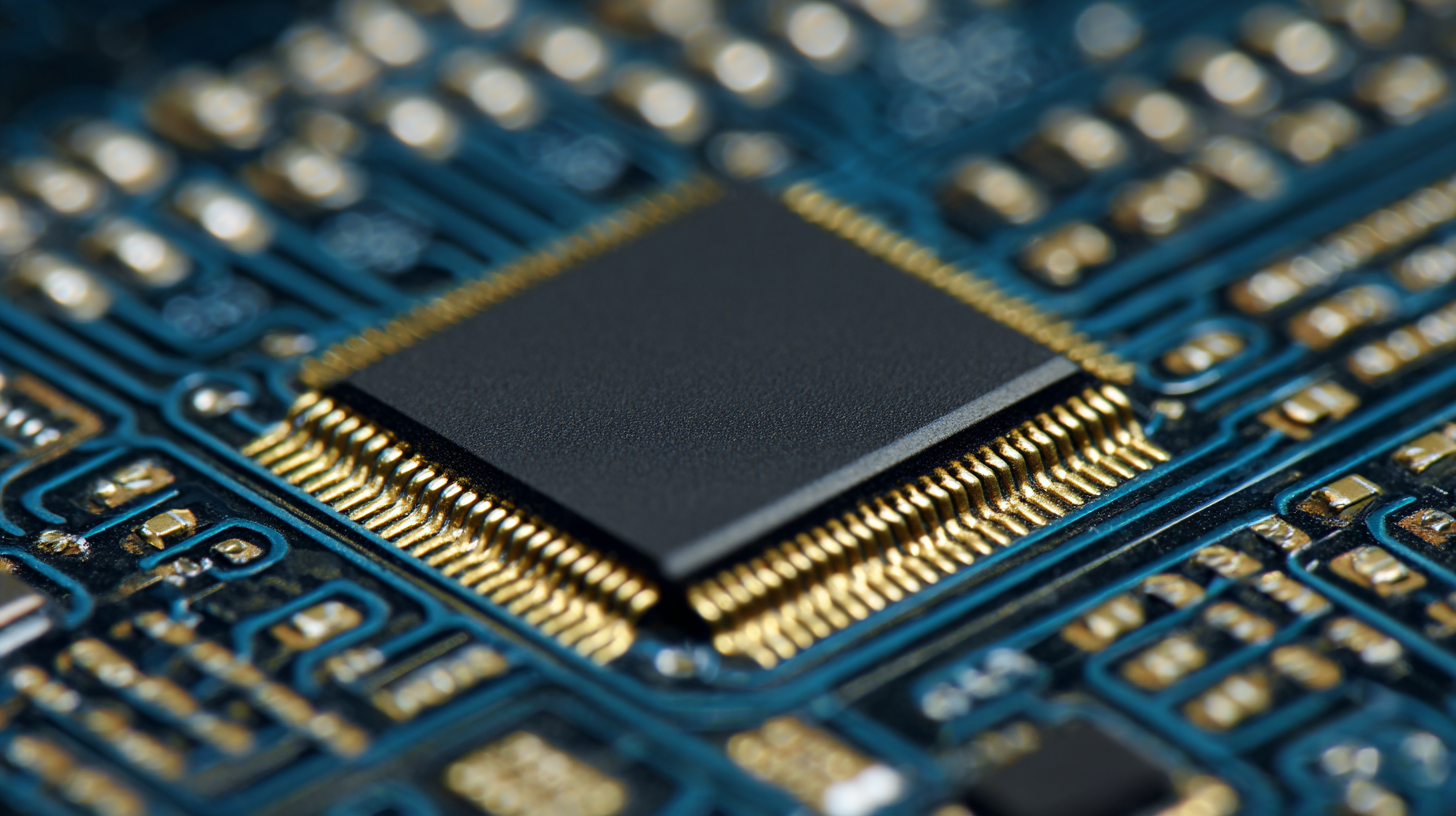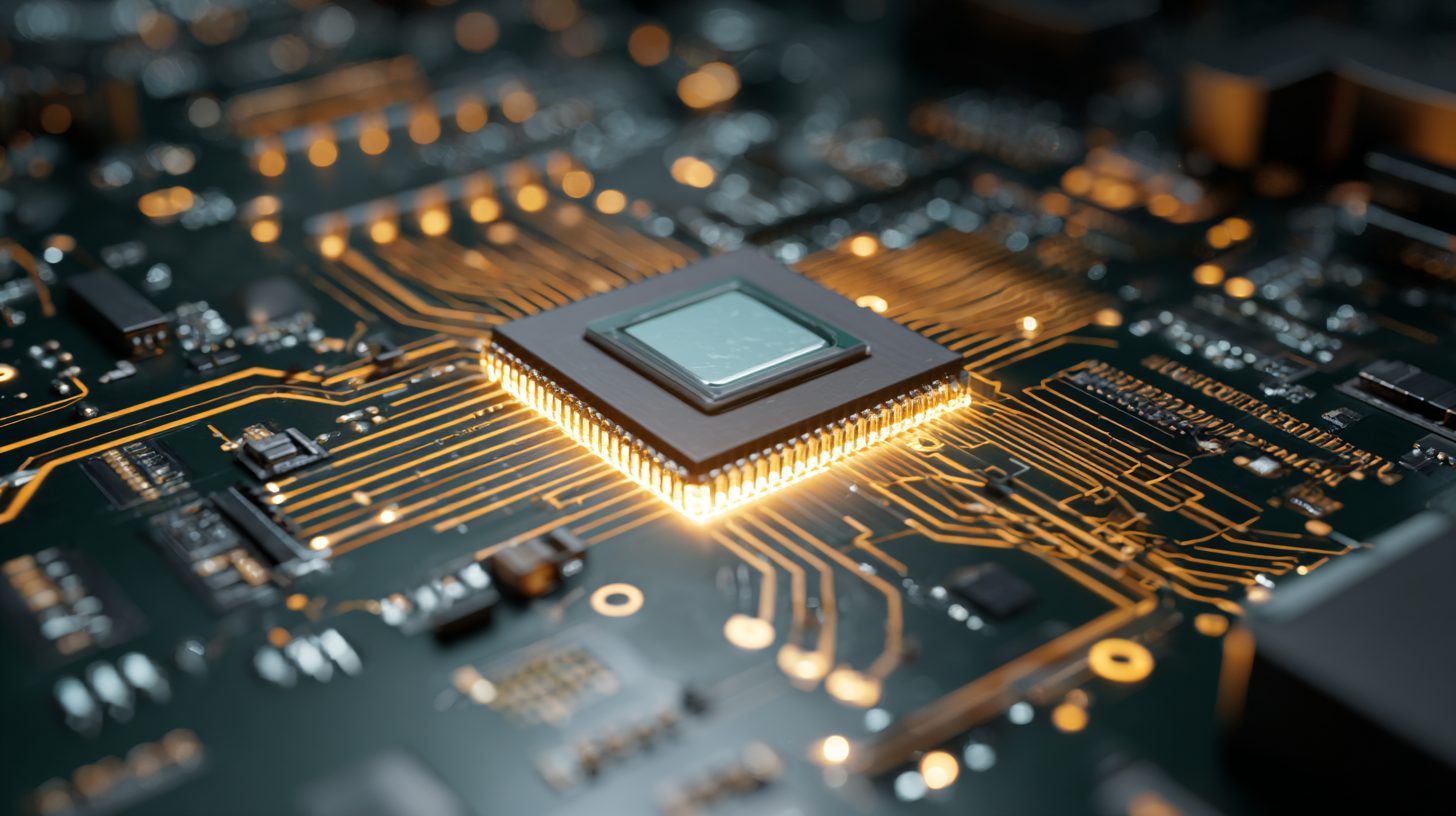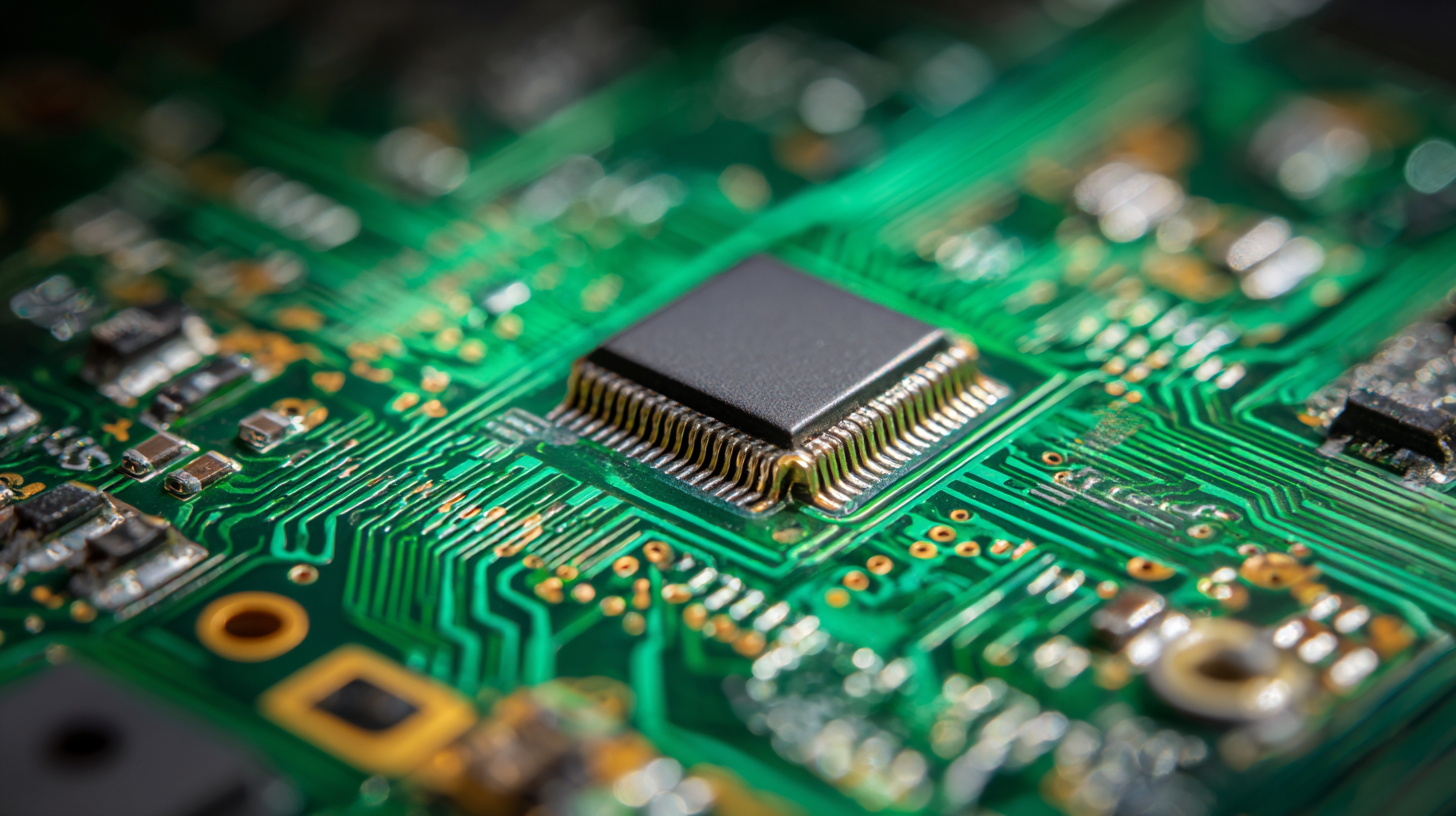How to Optimize PCB Testing Methods for High Reliability and Reduced Costs
In the ever-evolving landscape of electronics manufacturing, optimizing PCB testing methods has become paramount for ensuring high reliability while simultaneously reducing costs. According to recent industry reports, nearly 70% of all electronic failures can be traced back to issues related to printed circuit boards, emphasizing the critical need for robust testing strategies. As demand for high-performance electronics continues to grow, companies are pressured to enhance their testing processes to not only predict and mitigate failures but also to improve production efficiency.

Implementing advanced techniques such as automated testing solutions and real-time monitoring can lead to significant reductions in both downtime and operational costs. This blog will explore various PCB testing methods that can aid manufacturers in achieving higher reliability, ultimately leading to enhanced product quality and customer satisfaction.
Understanding the Importance of PCB Testing for Reliability and Cost Efficiency
The evolution of the electronics industry is significantly influenced by the miniaturization of printed circuit boards (PCBs). As consumers demand smaller, more powerful, and feature-rich devices, PCB design is adapting to meet these requirements. This shift towards compact designs not only enhances device portability but also improves overall reliability, crucial for ensuring that these advanced technologies function as intended in various applications, from wearable tech to automotive systems.
Understanding the importance of PCB testing becomes paramount in this context. Rigorous testing methods are essential to ensure that these miniaturized circuits can withstand environmental stresses and operational demands. Optimizing PCB testing strategies not only enhances product reliability but also contributes to cost efficiency. By reducing the frequency of failures and enhancing product lifespan, companies can lower production costs and mitigate potential losses due to malfunctioning devices.
Thus, investing in advanced testing technologies and methodologies aligns with the broader goal of achieving high reliability while keeping costs manageable in an increasingly competitive market.
Key Testing Methods for Printed Circuit Boards: An Overview
When optimizing PCB testing methods for high reliability and reduced costs, understanding the key testing methods is essential. These methods play a crucial role in ensuring the functionality and durability of printed circuit boards (PCBs) in various applications. Among the most common testing techniques are visual inspection, automated optical inspection (AOI), flying probe testing, and in-circuit testing (ICT). Each technique has its unique strengths and is best suited for different stages of the manufacturing process.
Visual inspection remains a fundamental practice, enabling engineers to catch defects early in the production line. While it may be labor-intensive, coupling visual checks with AOI systems enhances detection rates and reduces human error. Automated tests, such as flying probe and ICT, allow for efficient identification of issues related to component placement and electrical integrity. By integrating these testing methods, manufacturers can streamline their processes, leading to improved reliability and minimized costs. Prioritizing these essential testing techniques forms the backbone of an effective PCB quality assurance strategy.
PCB Testing Methods Reliability and Cost Efficiency
Strategies for Integrating Automation in PCB Testing Processes
Integrating automation into PCB testing processes is vital for enhancing reliability while simultaneously reducing costs. Automated testing systems can minimize human error, leading to more consistent results and higher quality assurance. By employing advanced technologies like machine vision and automated test equipment (ATE), manufacturers can streamline inspection processes, ensuring every board meets stringent operational standards without manual intervention. This not only increases throughput but also allows engineering teams to focus on more complex issues that require human expertise.
Moreover, automation facilitates real-time data collection and analysis, enabling a more proactive approach to quality control. By incorporating smart algorithms and AI-driven analytics, companies can identify trends and potential failures earlier in the production process. This predictive capability can significantly cut down on costly rework and scrap, optimizing the overall manufacturing cycle. As automation advances, integrating scalable solutions that adapt to evolving testing requirements becomes increasingly important, ensuring that PCB testing remains efficient and reliable in a competitive market.

Cost-Effective Approaches to Enhance Testing Accuracy and Reliability
In the ever-evolving landscape of electronics manufacturing, optimizing PCB testing methods is crucial for achieving high reliability while minimizing costs. One cost-effective approach involves implementing automated testing systems. By leveraging advanced software and machine learning capabilities, manufacturers can significantly reduce human error, enhance testing efficiency, and ensure consistency across multiple batches. Automated systems can identify faults at earlier stages, preventing costly rework and enhancing product quality in the long run.
Another strategy to enhance testing accuracy is the adoption of simulation-based testing. Before physical prototypes are developed, simulation tools can model the PCB's electrical performance, allowing engineers to foresee potential issues and make design adjustments without the expense of creating multiple prototypes. This not only saves time and materials but also ensures that the final product meets stringent reliability standards. Coupled with a robust testing regime, these methods can lead to a harmonious balance between reliability and cost-efficiency, providing manufacturers with a sustainable edge in the competitive electronics market.
How to Optimize PCB Testing Methods for High Reliability and Reduced Costs
| Testing Method | Reliability Score (1-10) | Cost ($) | Accuracy (%) | Notes |
|---|---|---|---|---|
| Functional Testing | 9 | 1,500 | 95 | Comprehensive but costly. |
| In-Circuit Testing | 8 | 1,200 | 90 | Good for production stages. |
| Visual Inspection | 7 | 500 | 85 | Cost-effective but subjective. |
| X-Ray Inspection | 9 | 2,500 | 98 | Excellent for hidden defects. |
| Automated Optical Inspection | 8 | 1,800 | 92 | Fast but requires setup time. |
Best Practices for Continuous Improvement in PCB Testing Protocols
Achieving high reliability in PCB testing is crucial for manufacturers aiming to minimize costs while maximizing product quality. Continuous improvement in PCB testing protocols is essential, as it not only enhances reliability but also streamlines processes. According to a recent report by IPC, implementing advanced testing methodologies can reduce defect rates by up to 30%. This underscores the importance of regularly updating and refining testing frameworks to adapt to evolving technology and industry standards.
One effective practice for continuous improvement is the adoption of automated testing solutions. Automation can significantly increase the throughput of PCB testing while providing consistent results. A study from TechClarity highlights that companies using automated testing report up to a 50% reduction in testing time. Additionally, integrating data analytics into testing processes allows for real-time insights and helps identify potential failure modes earlier, fostering an environment for preemptive action. By continually revising testing protocols based on these insights, manufacturers can achieve greater reliability and ensure that their products meet stringent quality standards without incurring unnecessary costs.

Related Posts
-

The Ultimate Guide to PCBA Testing Techniques Insights and Best Practices
-

5 Innovative PCB Test Fixture Solutions for Efficient Circuit Board Testing
-

How to Optimize Your Bed of Nails Test Fixture for Maximum Efficiency
-

Tailored Solutions for Optimizing Your In Circuit Tester Performance
-

The Ultimate Guide to Selecting the Right PCB Test Equipment for Your Needs
-

Solutions for Innovative Pogo Pin Array Applications in Modern Electronics
